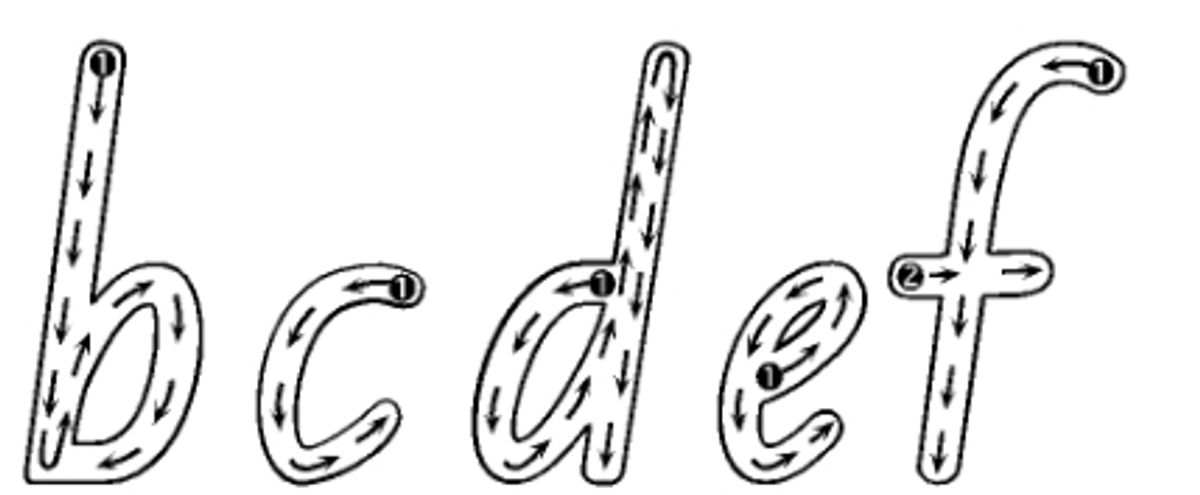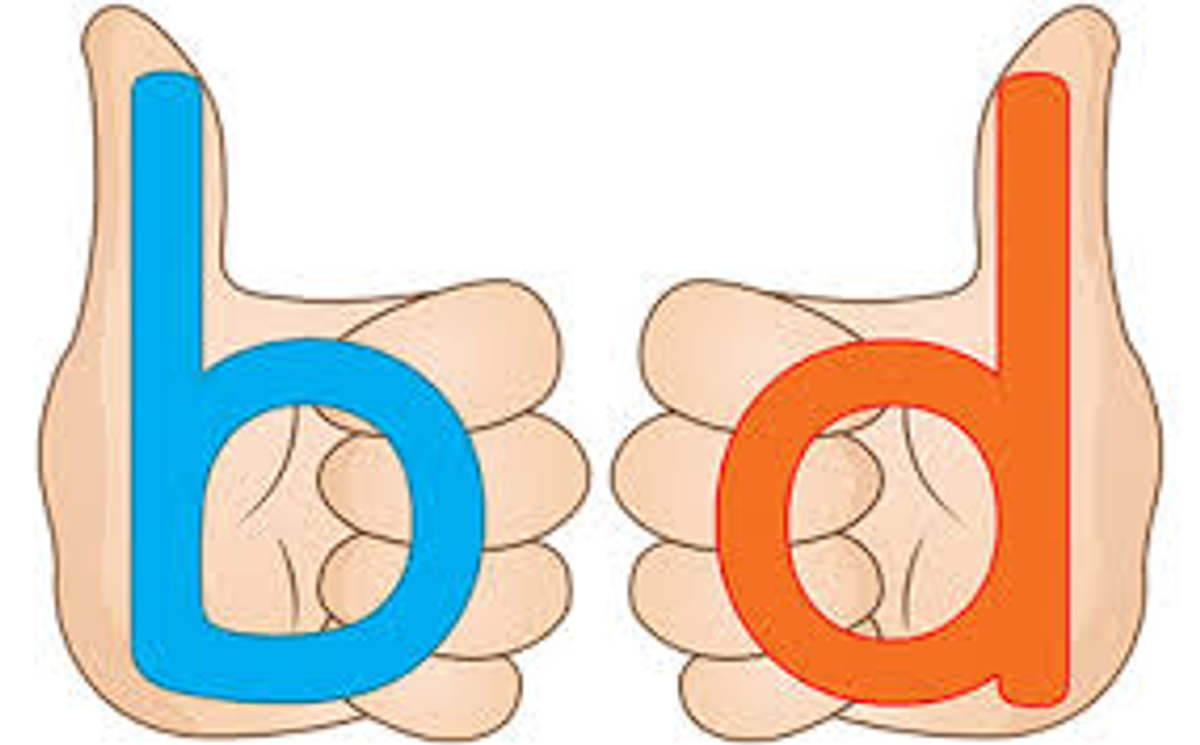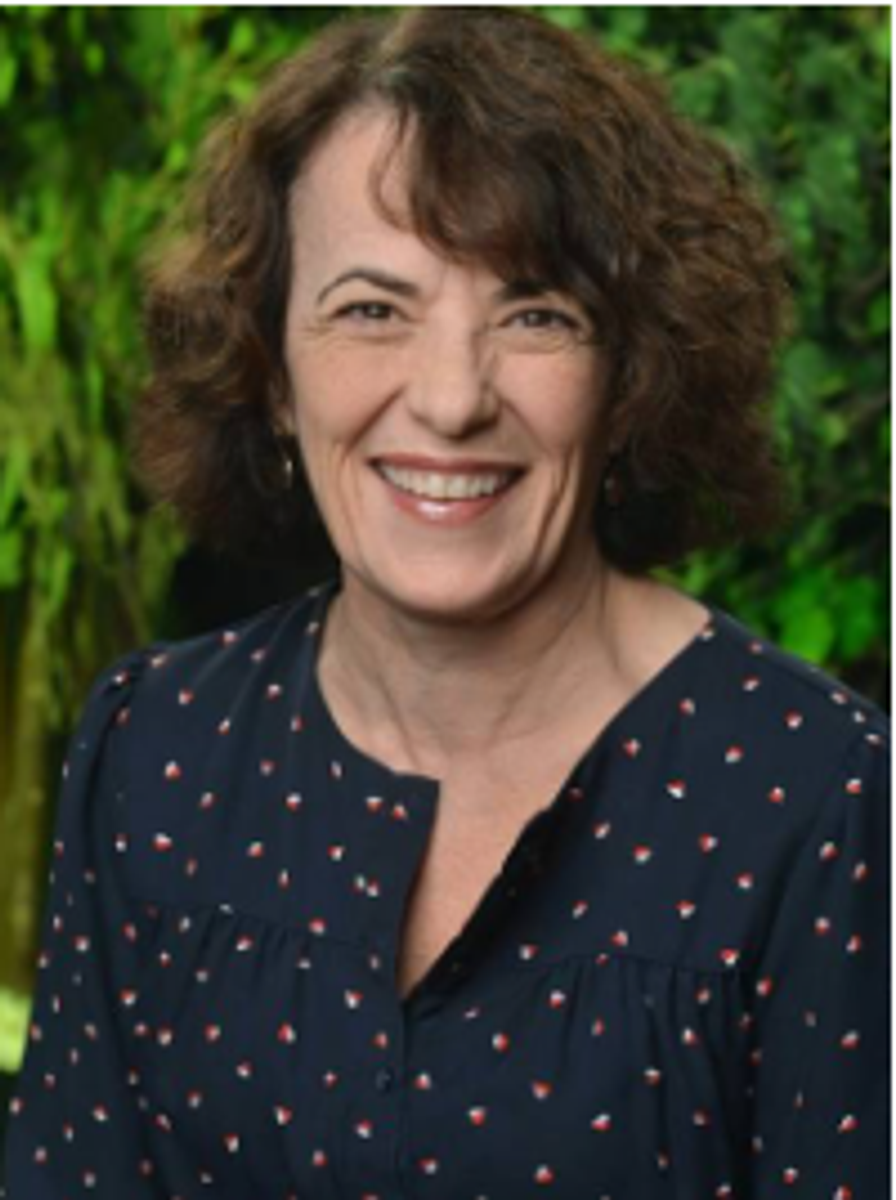Diverse Learning

What Can You Do If Your Child Reverses Letters or Numbers?
It is quite normal for children to show confusion about which way a letter goes, especially when they are first learning letters in kindergarten & Year 1. If there are a number of letter reversals & if they are present at older grades (e.g. Year 2, Year 3 & upwards) it may start to affect other areas of school work ( e.g. make stories hard to read, cause spelling mistakes, slow down writing speed).
Ways that can help…..
- Try practising letter formation particularly those letters or numbers that your child commonly reverses. Make sure you are practising the way your child is being taught at school, i.e. New South Wales foundation style. When practising emphasize the starting point & describe the direction that the letter is formed, (Eg. “b starts at the top, goes down then up & around.”).
- rEd Writing is a great app for letter formation, don’t forget to choose NSW.
- Always use a stylus (preferably a chunky stylus) to support correct pencil grip, not a finger.
Letter formation can be fun! Try these ideas:
- Using the body to make letters.
- Modelling letters out of playdough, clay, plasticine or biscuit dough.
- Making letters out of pipe cleaners, string, wool, glue onto cardboard squares & when dry trace with fingers.
- Cutting out letters from felt or sandpaper, try closing eyes & guessing which letter by feeling the shape of the letter.
- Drawing letters, or words in the dirt, sand, rice in a tray, the steam on the mirror after a bath.
- Lettereflex app is a great app to support reversals of letters, numbers, words & directionality.
Reminders can help!
- Place a dot at the point where the letter starts & tracing with a finger in the direction required
- At home make some reminder cards by drawing letters on cardboard to be stuck on the desk/fridge/bathroom mirror.
- Link letters they are reversing with letters & numbers they don’t. E.g. A ‘3’ is the curvy part of ‘ B’, a ‘5’ & ‘S’ are similar. ‘d’ is an ‘a’ with a long stick. ‘b’ is just a capital ‘B’ without the top loop.
- A reminder for children who mix up b’s & d’s
- Make the shape with closed hands and thumb sticking up. e,g
The left-hand makes a ’b’ shape while the right-hand makes a ‘d’ shape. Say “Big deal!” (left-hand out “b for big”, right-hand out “d for deal”)
- A reminder for children who mix up b’s, d’s, q’s & p’s
- Have your child look in the mirror & pronounce each sound. Help them to notice that with ‘b’ & ‘p’ our mouths make a line & those letters start with a line. P’s & q’s when we say their sounds our mouths make a circle & those letters start with a circle.
Ms Janelle Schembri | Diverse Learning Coordinator




